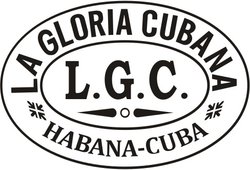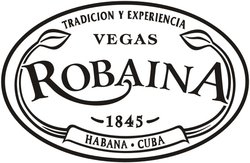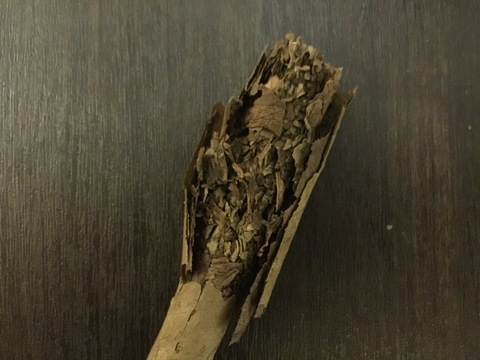Vitola – Format, Production, Trade, and Sales Name
The word "Vitola," originating from Cuban, generally refers to the format of a cigar and determines its dimensions, length, and a precisely defined diameter. Additionally, it stands for specific cigar formats in unique packaging forms.
In the Cuban cigar industry, a distinction is made between the Vitola de Galera (also known as factory vitola or production vitola) and the Vitola de Salida.
For Cuban cigars, two cigars of a single vitola—regardless of brand, age, or whether they are from regular or special production—are identical in format, length, and ring gauge.
Vitola de Galera
Since we have already explained the term "Vitola," the question remains about the meaning of the word "Galera." As one might guess, it relates to the ancient ship type, the galley.
The Galera is the heart of the cigar factory, dating back to a time when the workers in the cigar factories were mainly prisoners. They had to sit at long workbenches in factory halls, reminiscent of the interior or hull of a galley. Hence the name "Galera."
The term "Vitola de Galera" refers to the format produced in different factories.
A cigar factory can produce a format for several cigar brands. For example, the Partagas factory, now named Francisco Perez German, also manufactures cigars for brands like Bolivar, Ramon Allones, and La Gloria Cubana. In the Jose Marti factory (formerly Upmann), brands like Montecristo, Diplomaticos, and Vegas Robaina are produced.
This is possible through the use of different tobacco blends, which are communicated to the cigar roller without them knowing under which brand name these will later be sold. The band is placed on the cigar later, in a separate room with constant humidity and temperature.
Until 1980, different cigar factories had several Vitolas de Galeras, which led to consumer confusion about the true origin and, consequently, questions about quality. In 1980, the vitolas were standardized, which also simplified the clarity of the various formats.
The standardized vitolas were all given a name and a number, and by the end of the decade, only 72 vitolas remained.
Markings on Cigar Boxes
Today's cigar boxes display various markings, such as the band (the green state seal) and the Habanos logo, as well as various stamps. Until the late 1990s, one could identify the cigar factory alongside the packaging month and year. For example: JM for Jose Marti (Partagas) and ENE98 for January 1998.
However, due to concerns about counterfeiting, the code was changed several times in the late 1990s, making it nearly impossible to identify the origin (i.e., the cigar factory). This was partly because it changed monthly. Since early 2000, the Cubans, i.e., Habanos S.A., have dispensed with the complex encryption of production dates on the underside of their cigar boxes.
Thus, the given month codes and the last two digits of the respective year clearly determine the age of each Cuban cigar box (e.g., 'OCT01' for October 2001). The factory abbreviation is also found on the cigar box.
Why Are These Details Important for Aficionados?
Since Havana cigars age and improve in flavor with proper storage, the date (a good vintage, as with wine, has good and bad harvest years) as well as the production location (well-trained personnel) are relevant for the aficionado.
An additional classification of the Vitolas de Galeras includes the various names for the same format. For example, the Lonsdale can also be referred to as Cervantes, and a Gran Corona can also be known as a Corona Gordo or Cazadores. This brings us to the Vitola de Salidas.
Vitola de Salida
These are, as mentioned earlier, the trade or sales names of the various Vitola de Galeras. They vary depending on the brand. While the Vitola de Galera, i.e., the format, is identical as specified, the tobacco blends differ, and thus the sales name also varies.
An Example for Clarification:
The brand Romeo y Julieta produces multiple cigars of a single format and then markets them under different names. The Churchill has the Vitola de Galera name "Julieta No.2" and the number 609. The trade or sales names (Vitola de Salida) include Churchill and Prince of Wales. The same applies to the Romeo y Julieta Corona and the Romeo y Julieta Cedros de Luxe No.2, which are both Coronas.
- All Cuban vitolas can be found here: Cuba's Cigars - All Formats
For example: The names Montecristo No. 4, Cohiba Siglo II, and Bolivar Petit Corona are the Vitolas de Salidas. In the Vitola de Galeras, they all share the exact same format, Mareva, and are simply marketed under different names.
The explanations mentioned above primarily apply to Cuban cigars. For cigars from other regions, formats like Robusto or Churchill can vary significantly.
Further topics
Discover & enjoy
In our shop you will find:















